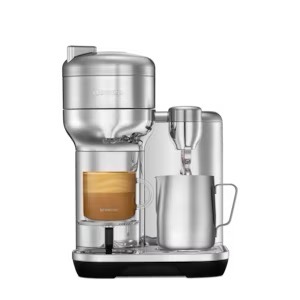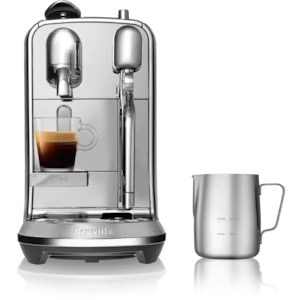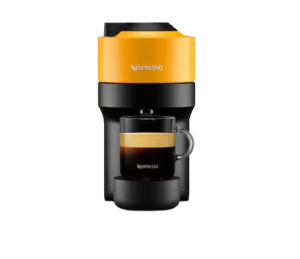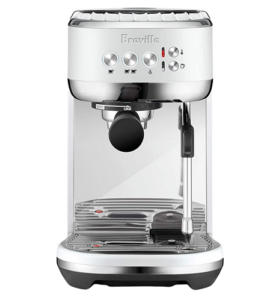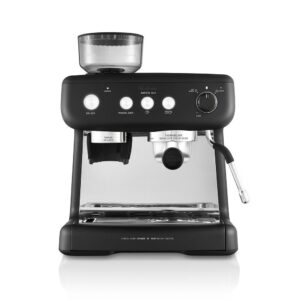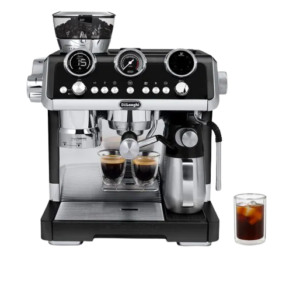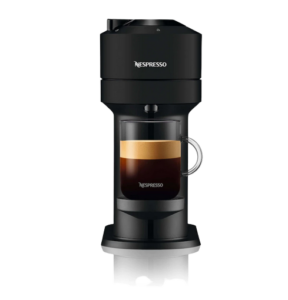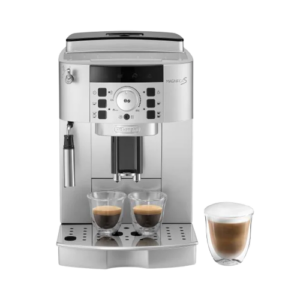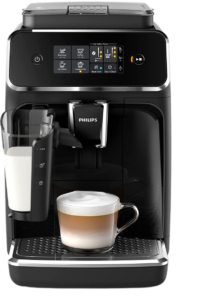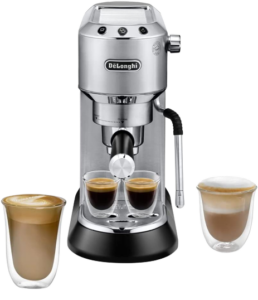The downside is the American plug, and the coconut milk
DREO BaristaMaker review: A knight in stainless steel
Frothing plant-based milk has improved over the years thanks to skilled baristas and fresh milk formulations. Still, as many plant-based milk drinkers know, you can’t expect a stellar performance from everyone. Finding a coffee shop that lives up to the flawless expectations set by full cream milk can be an adventure - not one with knights in shining armour, but one with trolls and curses, and burnt taste buds.
There is however a shiny hero in this story. Its steel is stainless, its blade a tri-fanned impeller frothing tip. The DREO BaristaMaker set out on a quest to make microfoaming plant-based milk at home easy, and accessible, and it has succeeded.
Most milk frothers are only capable of creating stiff foam, and while the BaristaMaker can do this, it excels at making delicious microfoam too. Microfoam is the kind of steamed milk you get at a cafe - it has a rich flavour, and mouth feel and enough structural integrity to create latte art. Usually this is made by carefully steaming milk to around 40-60 degrees celsius (milk dependent), while incorporating the right amount of air. This heat change affects the fat proteins, breaking them down and making them more malleable while the tiny micro bubbles create the texture. Its very cool, and very hard to do in milks with lower fat content than traditional cows milk.
In our testing the BaristaMaker was able to create this thick texture in three out of the four plant-based milks we tested. Soy, oat, and almond milk all took three minutes and 30 seconds to slowly get to that perfect consistency. From there it was easy enough to pour the milk directly from the frother into the espresso and create smooth latte art, to varied success. Not because the milk wasn’t the right consistency, but because my skills aren’t. Compared to your usual frothing jug the DREO does feel a bit awkward and unbalanced to manouever. It is stauncher than the typical stainless steel jug, with a wider handle that juts out a bit too far which makes controlling the flow of milk trickier. Not impossible, just harder.

The only milk that DREO claims the device should be able to microfoam that didn’t perform in our tests is coconut milk. After the frothing cycle the milk had a thin layer of frothed bubbles on the top and flat milk underneath, which is more reminiscent of the typical milk frothing experience. In all fairness the coconut milk that I used during testing isn’t on the list of ‘suggested milks’ supplied by DREO, but since this is an American product and we are an Australian based site it didn’t make sense to track down an obscure milk that most of our readers won’t be able to get their hands on anyway.
In the milk stirring mode, every milk ends up like coconut milk. You can select temperature and spin speed and the milk ends up slightly aerated on the top but thin. This setting is a good option for mixing and warming powder based drinks like matcha and hot chocolate. Even though I wouldn’t usually do that with my matcha because I like the ceremony of it, in testing it mixed the milk and powder together to create a clumpless green. Across the board the resulting temperature aligned perfectly.

Getting the desired results was legitimately easy to accomplish, even if it is much slower than using a traditional steaming wand. You simply scroll through the on-device menu until you hit the right milk and select what kind of froth you’re after. From there the BaristaMaker prompts you to insert the associated frothing tip and 2-3.5 minutes later you’re done. Theoretically at least. The device consistently overheated during the first attempt with each milk. There is a solid chance this is due to the device having a US plug and using the US standard 120 voltage. In Australia (and most of the rest of the world) we use between 220-240 volts, so even with a converter it may have been a bit too much for the DREO. It’s a shame too since that extra hiccup takes the frothing time closer to five minutes per jug - at those kinds of speeds you lose the convenience. DREO assured me that Australians will be able to purchase the frother with an Australian plug, which should stop the overheating issue. Unfortunately we weren't able to test this experience.
Furthermore the BaristaMaker is only able to froth 250ml of liquid at a time, which is about enough for one or two coffees depending on the size of your mug. In small households that share milk preferences this shouldn’t be a problem, but if you’ve got a couple of different milks, or a couple more people then the size and time factors may eat away at the benefits.
How much does the DREO BaristaMaker cost in Australia?
The BaristaMaker has an RRP of $99 USD, which roughly translates to $150 AUD plus shipping. This price is subject to change based on the exchange rate, and just how heartbreaking the shipping rates are. It is available on Kickstarter from August 13, 22024 with further availability from DREO and other retailers from September 15th.
Prices are accurate as of the publish date. We may earn money if you purchase something through one of these links.
Is the DREO BaristaMaker worth it in Australia?
If you’re looking to up your milk frothing game at home without putting in any additional effort then the DREO BaristaMaker is your best bet. Unless you like coconut milk. For the usual plant and cow-based suspects the BaristaMaker is able to create truly excellent microfoam unlike any other milk frother we’ve tested.
The Nespresso Aeroccino frothers start at $129 and go all the way up to $279, so not only could you pay less for the DREO, but it can accomplish more. Or at least for as long as our dollar holds out.
A previous version of this review said the frother only uses fahrenheit temperature units - the device can be switched to celsius. We regret the error.
Related Articles















